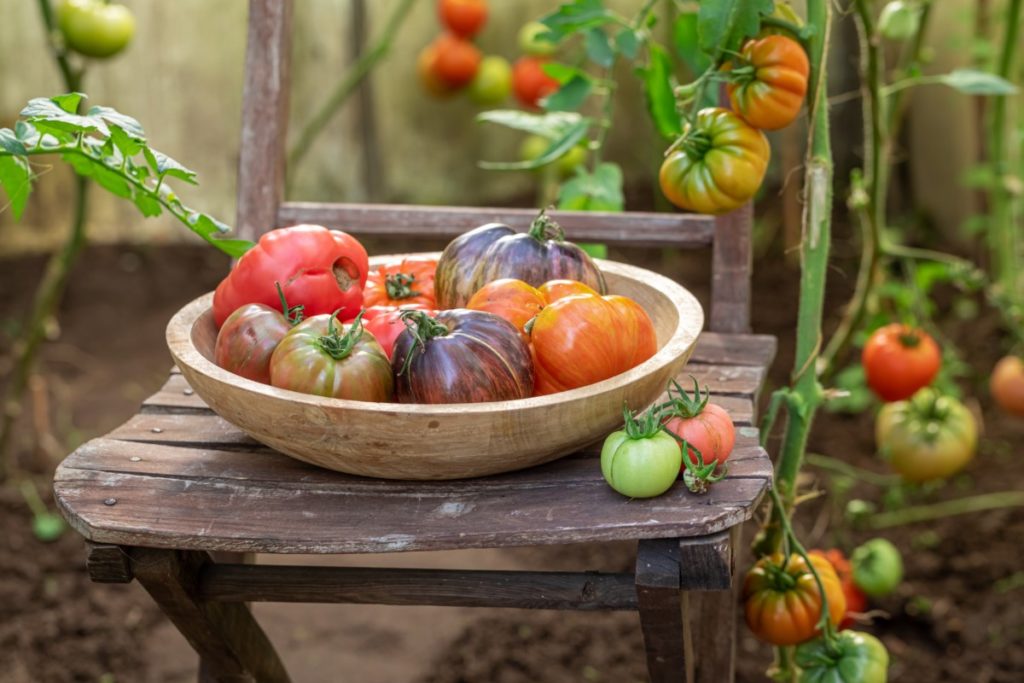
An overflowing bucket of freshly picked tomatoes is every gardener’s dream. Red ones, yellow ones, purple ones, striped ones and, finally, green ones both ripe and unripe.
My Grandma had her tomato growing secrets which she kept to herself; the tomatoes she proudly shared with friends and neighbors, albeit with a little smirk on her face which read, “Just try and grow tomatoes better than mine.”
My Mom, on the other hand, also grew loads of tomatoes with a forget-it-and-leave-it sort of method. They were also tasty and plentiful beyond belief, but the memorable flavor still wasn’t the same. You’ll find this phenomenon a lot in gardening.
It might have something to do with the variety, the soil itself or what the plants were fertilized with. How much sun did they receive, how much water and how often did they get it.
What You Need To Know Before Planting A Single Tomato Seed
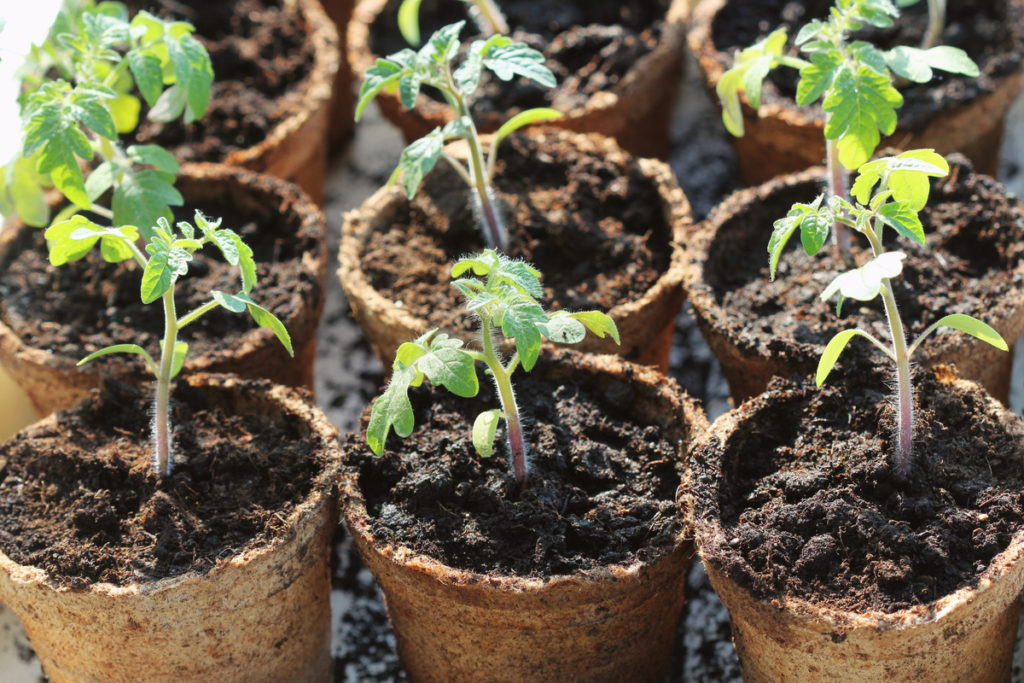
Absolutely, there is a science to growing tomatoes. At the same time, there are unquantifiable elements to consider, such as companion planting.
While growing tomatoes from seed to fruit isn’t all that difficult, it isn’t exactly easy either.
After gardening for well over twenty years, I’ve learned a thing or two about growing tomatoes, and in some climates, they simply fail to grow, let alone thrive. In other environments, tomatoes will motivate themselves just fine, providing you with more blossoms and fruit than you could ever imagine.
Let’s find out what conditions tomatoes like, so you can grow them like a pro.
Before Planting A Single Tomato Seed…
1. Buy the right tomato seeds
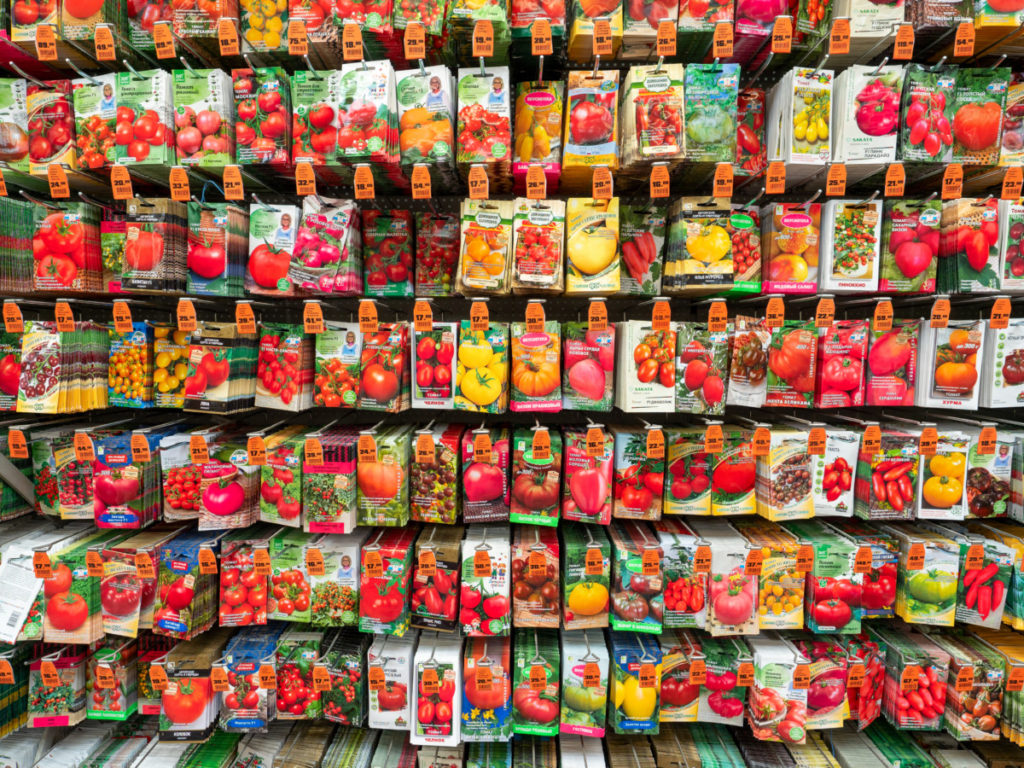
You need to ask yourself before planting, as well as before purchasing seeds: what kind of tomatoes do I want to eat? Will they be for canning tomato sauce? Do I want to make dehydrated tomatoes, or will I be consuming them all fresh? Do I want to save the seeds?
With more than 3000 heirloom and heritage varieties of tomatoes grown around the world, it’s wise to make an informed decision and know what you want.
Before purchasing tomato seeds, you’ll also want to consider:
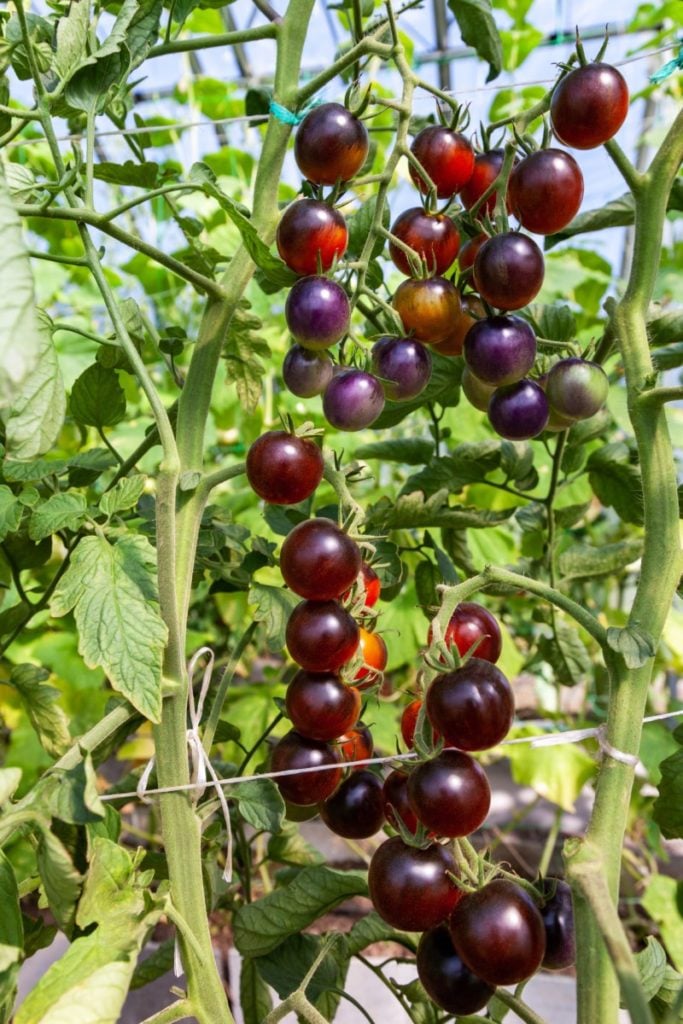
Growth size of the plants and whether they are determinate or indeterminate varieties.
Determinate varieties are shorter, generally ranging from 2-3′, with fruit that matures nearly at the same time. Indeterminate varieties flower throughout the entire growing season, for the most part, they need staking. The longer growing season these varieties are characterized by, can also be beneficial.
Days to maturity.
Early-season varieties reach maturity at 55-69 days. Mid-season varieties at 70-84 days and Late-season tomato varieties take 85+ days to reach harvest.
Related Reading: 12 Fast Maturing Tomato Varieties For Short Seasons
Purpose.
As mentioned above, how do you intend to eat those tomatoes? Cherry tomatoes are wonderful for snacking and drying, not so fantastic for canning. Paste tomatoes are great for sauce, while others are better for fresh eating. The best thing you can do, is grow a variety of varieties.
Seed selection.
Open-pollinated, heirloom or hybrid are your three basic choices when it comes to tomato seeds. Naturally, there are pros and cons to each.
Open-pollinated plants will almost always grow true to seed, making them ideal for seed-saving, whereas this won’t happen if you select a hybrid tomato. It’s not that you can’t save seeds from those, though they won’t be what you harvested last season. Do your research and ask questions from local gardeners – you might even score some free seeds that way.
If you are unsure which seeds will perform best in your neck of the woods, check out this article on buying garden seeds before scrolling further.
2. Find a suitable location
I’m pretty sure that everyone knows tomatoes love full sun. But when put to the test, this doesn’t always equate to larger, or sweeter, tomatoes. There is such a thing as too much sun.
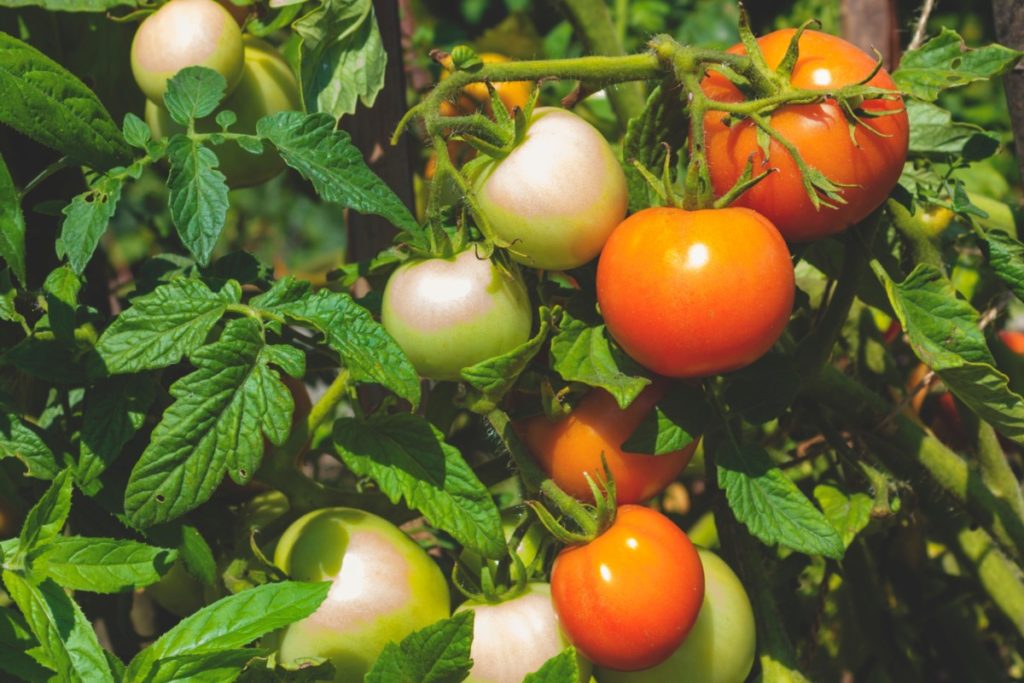
First, you need to cover the basics. Tomatoes need a minimum of 6 hours of sunlight each day. 8 or more hours will increase the size of your harvest.
One might assume that tomatoes also need sunlight to ripen. This, however, is false. Tomatoes ripen from a combination of heat and ethylene gas, not sunlight. In fact, direct sunlight can lead to sunscald or fruit burn, should the cloud cover cease to exist.
It’s also worth mentioning that if you grow your plants outside, pollination of the tomato flowers shouldn’t be an issue. If you grow them in a greenhouse or indoors, you may have to take over the work of the insects and pollinate them by hand.
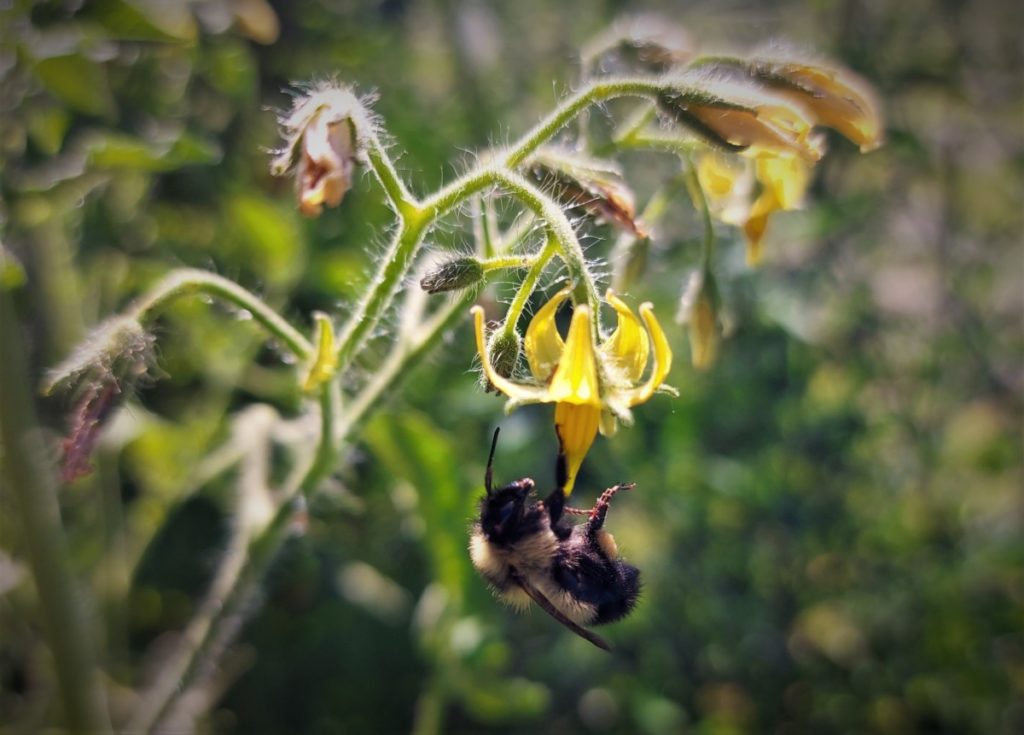
You are in luck because Susan has written an excellent article on how to hand pollinate tomato flowers to triple fruit production. All you need to pollinate your flowers is a small paintbrush.
3. Determine the quality of your soil
You’ll want to check out your garden soil in-depth. The best way to do this is to test it with a soil test kit. They’re inexpensive, easy to use and provide a wealth of information. Otherwise, you’re just guessing.
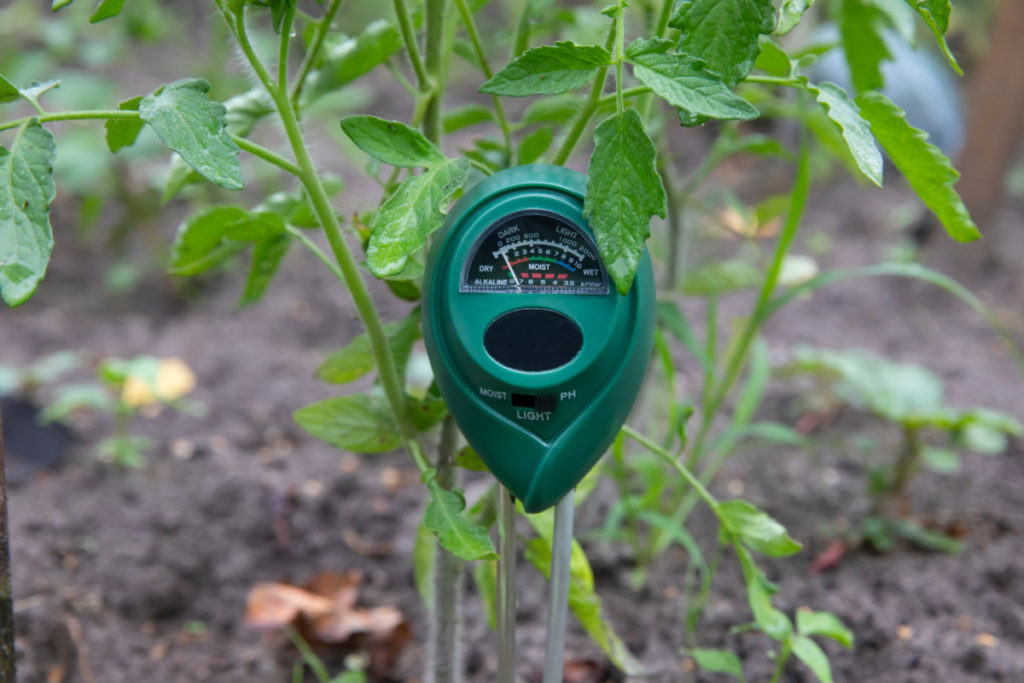
Tomatoes are heavy feeders. So, hopefully, you’ll have put some well-rotted manure or compost down last fall. Tomatoes also prefer a soil pH of 6.2 to 6.8, slightly on the acidic side. Also, keep in mind that excess nitrogen will result in lush leaves, but little fruit.
Areas of your garden with excess nitrogen are perfect for the plants you want to keep leafy, such as rhubarb, Swiss chard and Brussels sprouts.
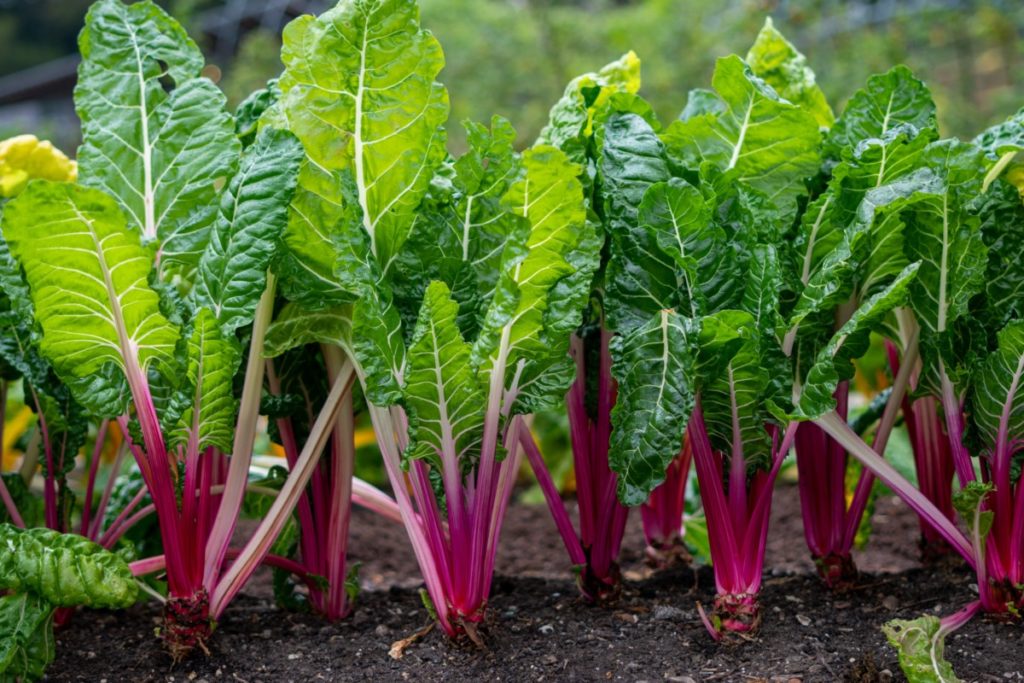
If you really want to get deep into providing the right kind of soil nutrients, Elizabeth came up with the 10 essential steps for starting tomatoes and peppers indoors, as well as dishing out the secret trick for sturdy transplants.
4. Give your tomatoes enough warmth and light
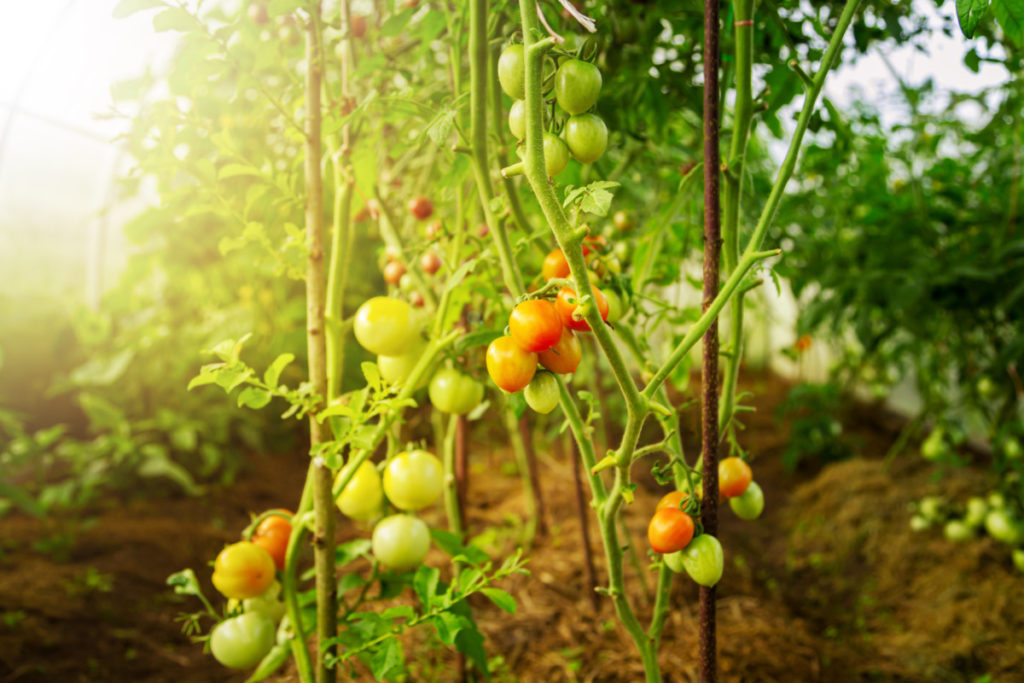
We’ve already talked about the importance of light for tomatoes. They need sunlight all the way through the growing season. At the same time, tomatoes prefer lots of heat.
Tomatoes grow best when daytime temps are between 75-85°F. They like nighttime temps between 60-75°F. Wouldn’t we all like that! Anything above 90°F and the plants become stressed, just like some people I know. Less than 70°F and fruit development declines.
Outside of growing your tomatoes in a greenhouse, you can’t always dictate the weather. If your local climate is too chilly for tomatoes, look to grow something else that does better where you live.
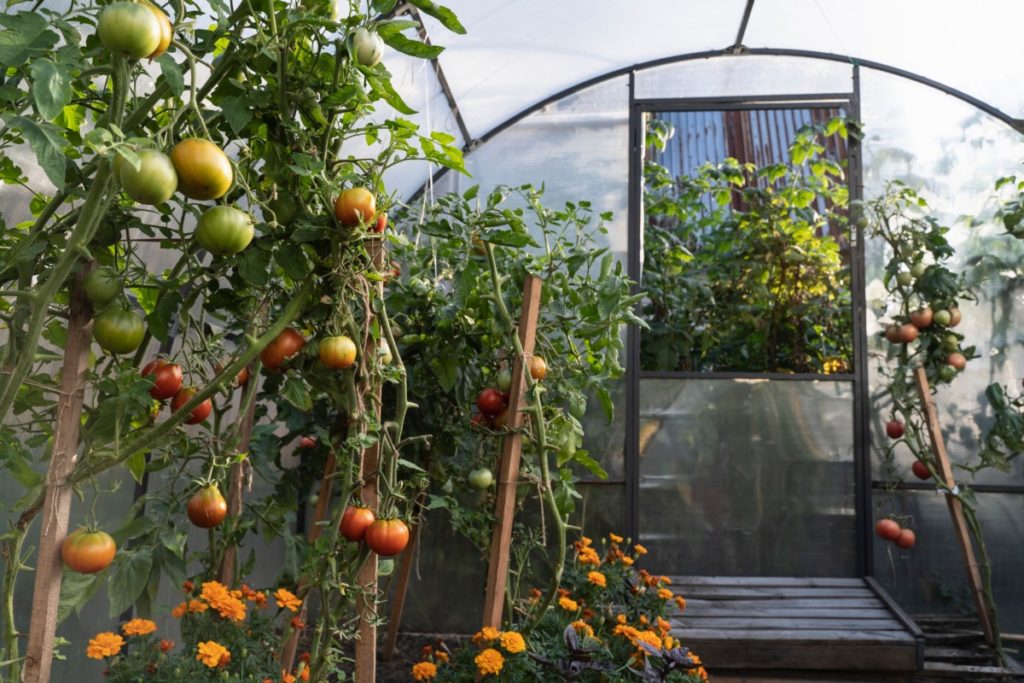
It’s not the end of the world if you have to buy some of your produce. That’s why we’ve stopped growing them in our home of northern Romania. We’ve learned to stop fighting the weather, and buy them where they are grown a few hours away.
5. Learn about transplanting
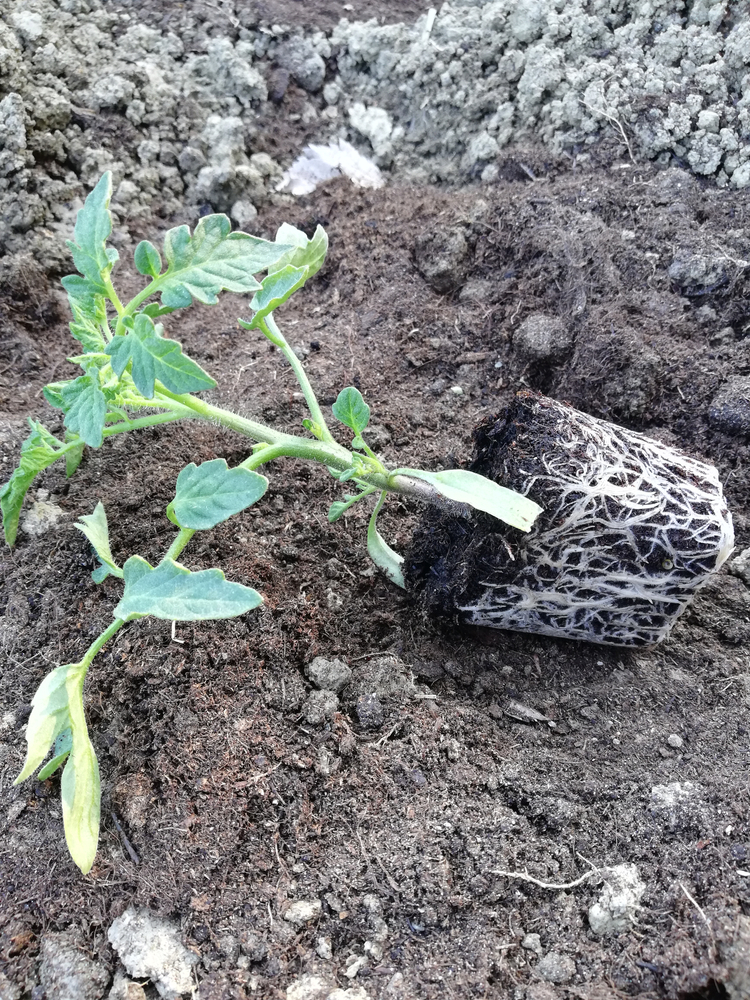
Have you ever put tomato transplants in the ground on their sides?
Yes, it is a tomato transplanting technique that you should definitely be putting into practice. Especially if your plants weren’t as vigorous in previous seasons as you would’ve liked.
Here are a few more things you need to know about transplanting tomatoes:
- planting too early can be a dangerously cold mistake. Worst case scenario, you need to start over with garden center transplants.
- in order to avoid killing your young tomato plants, they must be hardened off at least a week, better to make it two, before sending them out to the garden.
- how deep to plant that tomato? Better ask now then be confused later. With tomatoes, planting deep is the only way to go. You can bury at least half of the stem under the soil, even removing lower leaves to submerge more of the stem. This greatly encourages root production, which in turn means a more drought-tolerant plant.
- mulch or mulch-free? There are pros and cons to both. Let’s chalk this one up to personal preference as it matters a lot on climate. Mulch can keep soil temps too low if applied too early. At the same time mulch can help maintain soil moisture which means you have to water less.
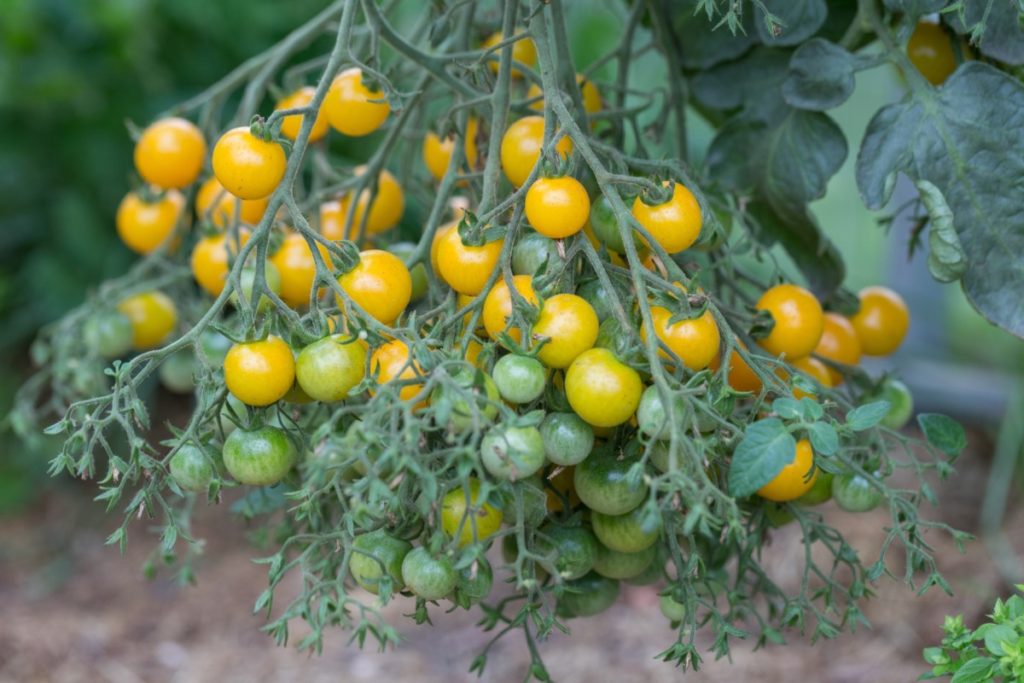
If you don’t care for the transplanting process, you can always directly sow seeds in the ground. This works best with cherry tomatoes. But again, it is a climate-specific technique that includes soil temperatures, air temperatures, amount of sunlight, etc.
6. Tomatoes are heavy feeders – know which fertilizer is best to use
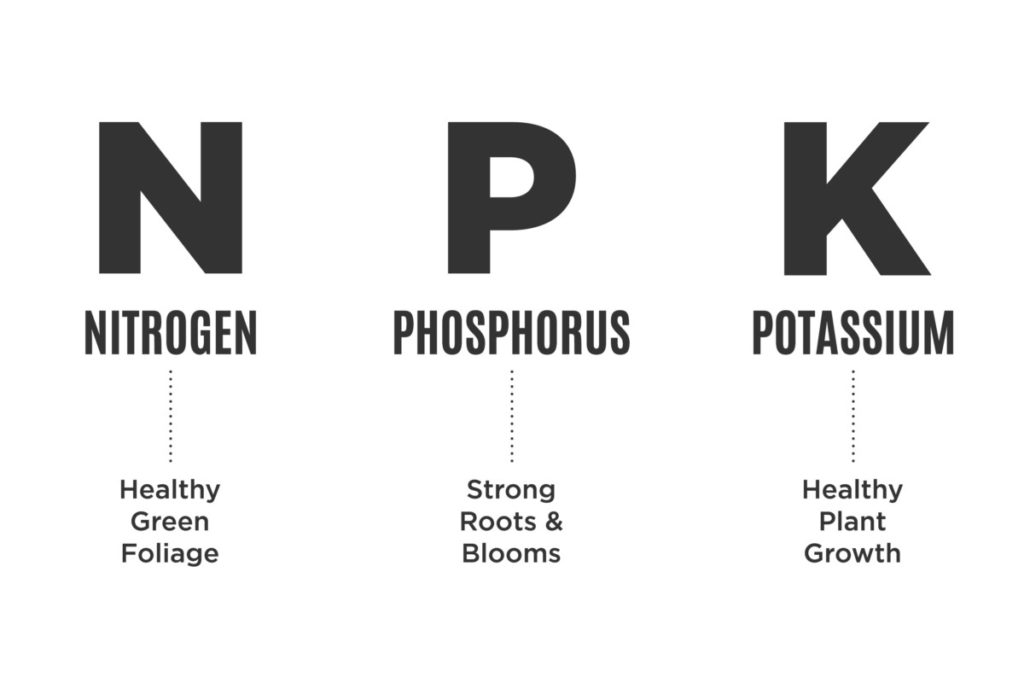
Susan shared with Rural Sprout readers her homemade tomato fertilizer recipe which she perfected over 30 years.
And Tracey has broken down the fertilizing needs of tomatoes over their entire life cycle – from seedling to the end of the season.
We briefly spoke of nitrogen up above, here we are talking about tomatoes’ requirement of phosphorus. Phosphorus, in general, is what helps plants to bring about beautiful flowers. Without flowers, you are guaranteed to have zero tomatoes. You start to see how it all works.
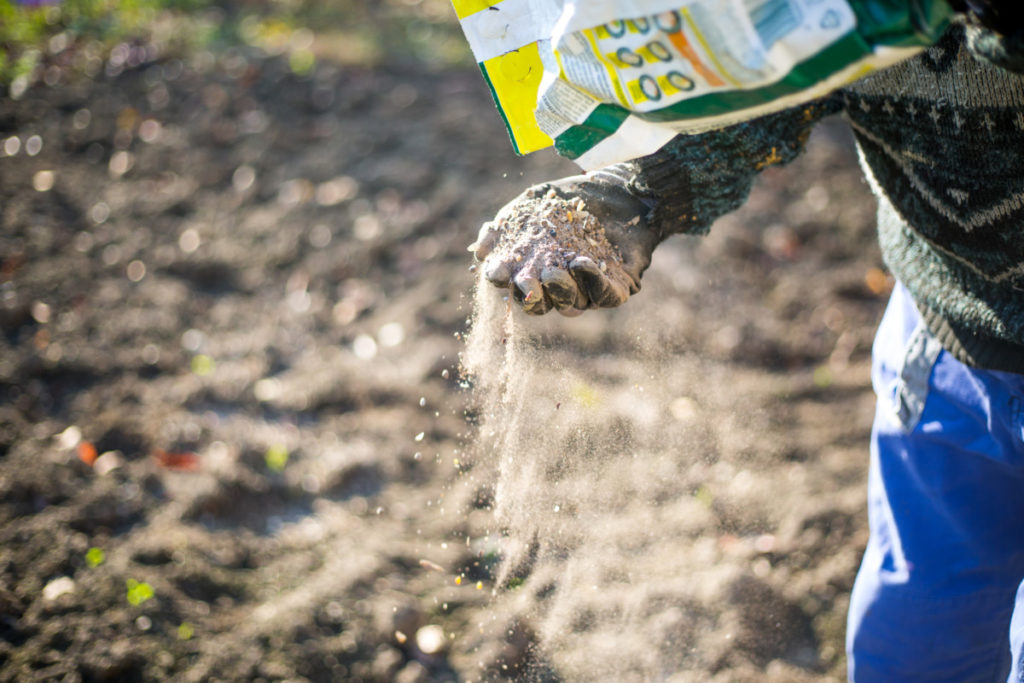
A sufficient uptake of calcium helps to prevent blossom-end rot. Not only in tomatoes but in peppers, eggplant, zucchini and melons as well.
So, what’s the secret to pre-fertilizing your tomato plot?
Well-composted manure, for starters, followed by plentiful worm castings and eggshells.
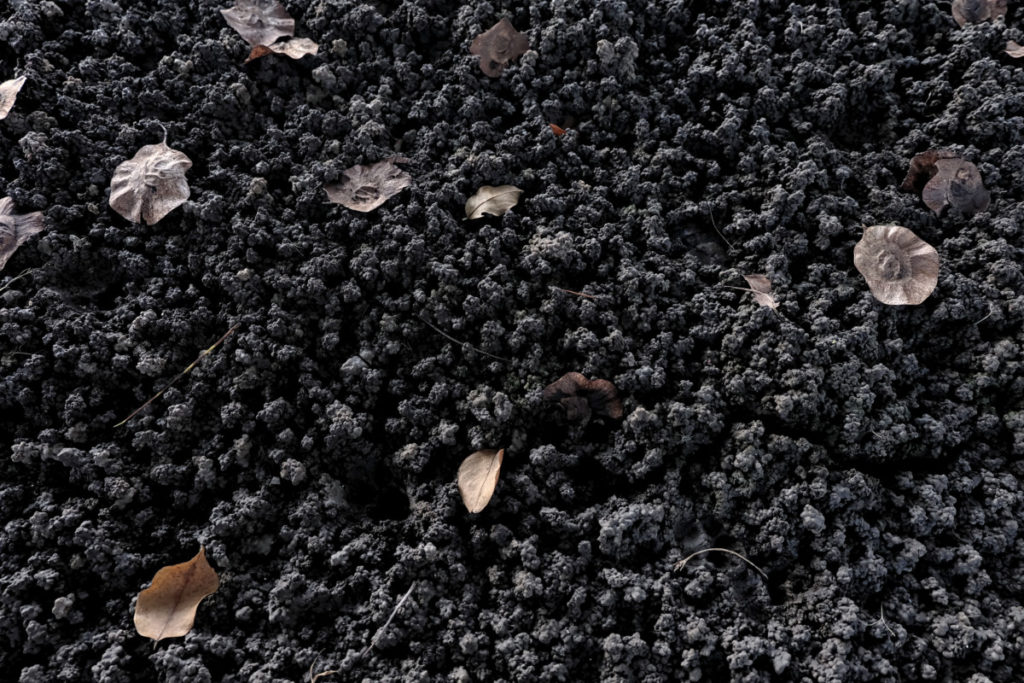
And then you get to toss in a fish head. Perhaps some shrimp shells. No, I’m not kidding. I wonder if my Grandma saved the bones after a Friday night fish fry?
You can also add a little seaweed or organic bone meal to the soil. As the season progresses a batch of compost tea may be in order.
Take some good advice from other gardeners, then add in your own element of experimentation. You might just have the next best tomato growing secret!
7. To prune or not to prune tomatoes
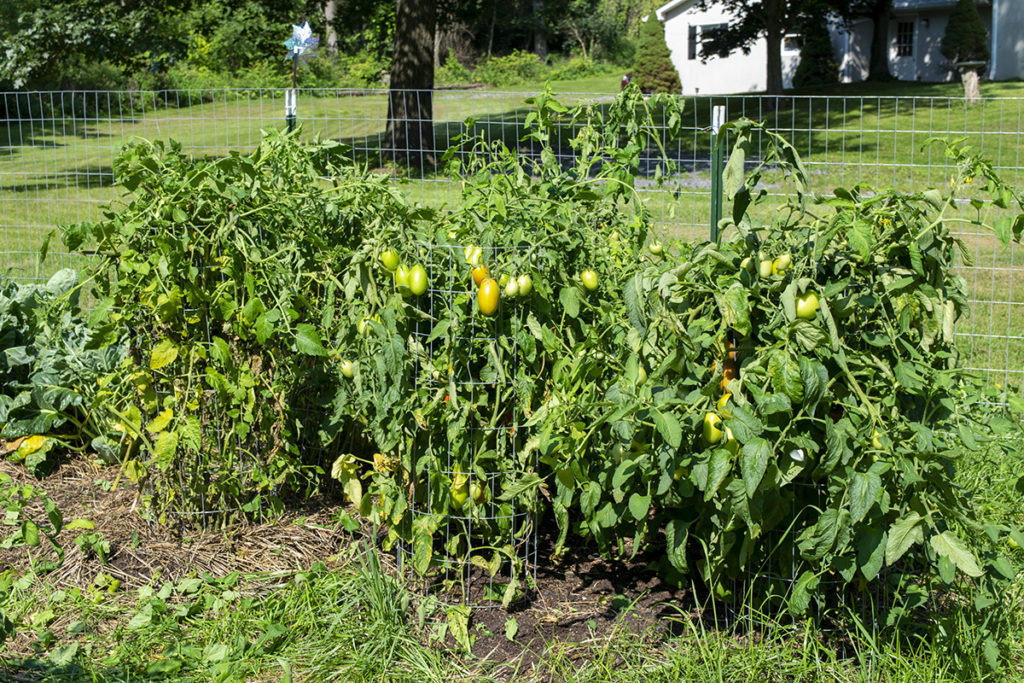
If your tomato plants are growing extremely quickly, it means you’re on your way to an abundance of ripe fruits, or a small jungle is forming in your garden. Sometimes it means both.
Pruning is one of those rewarding activities that can easily be accomplished with a small pair of pruners or a mushroom knife.
Trust me, it’s not as complicated as pruning a fruit tree.
If you don’t see flowers or fruit on the lower leaves – cut them off.
Start with the easy parts. Trim off dead or dry leaves. Cut back broken stems.
Let the plants rest for a few days, then go back in for a more thorough look. This time, pruning back suckers. Here’s how to do that.
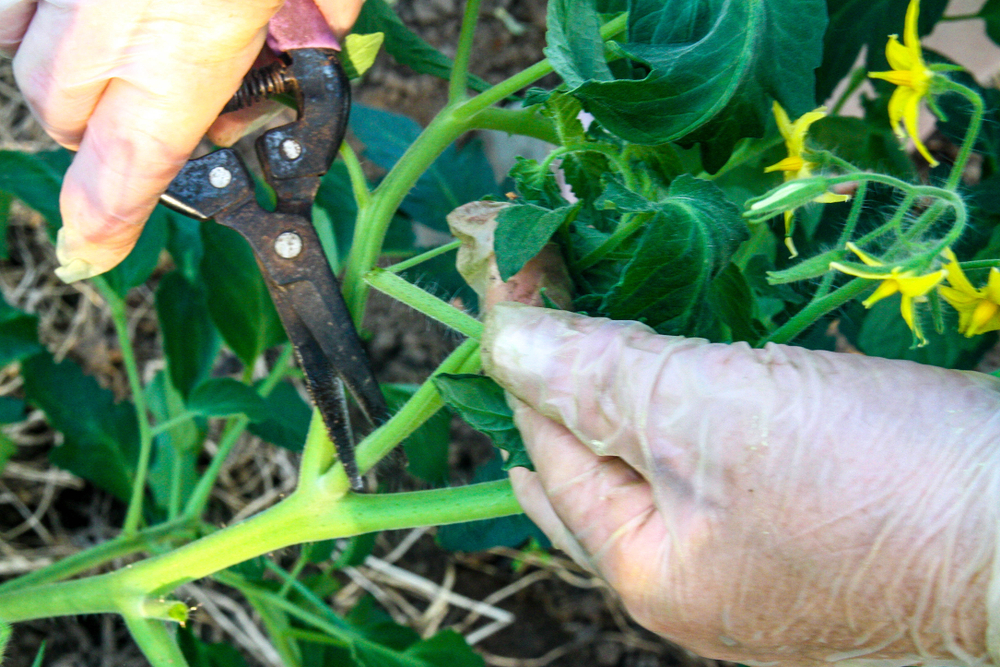
Once your tomato plants reach this stage of needing a good pruning session, we’ve got a late summer tomato pruning tutorial for you on how.
8. Be aware of tomato pests and diseases
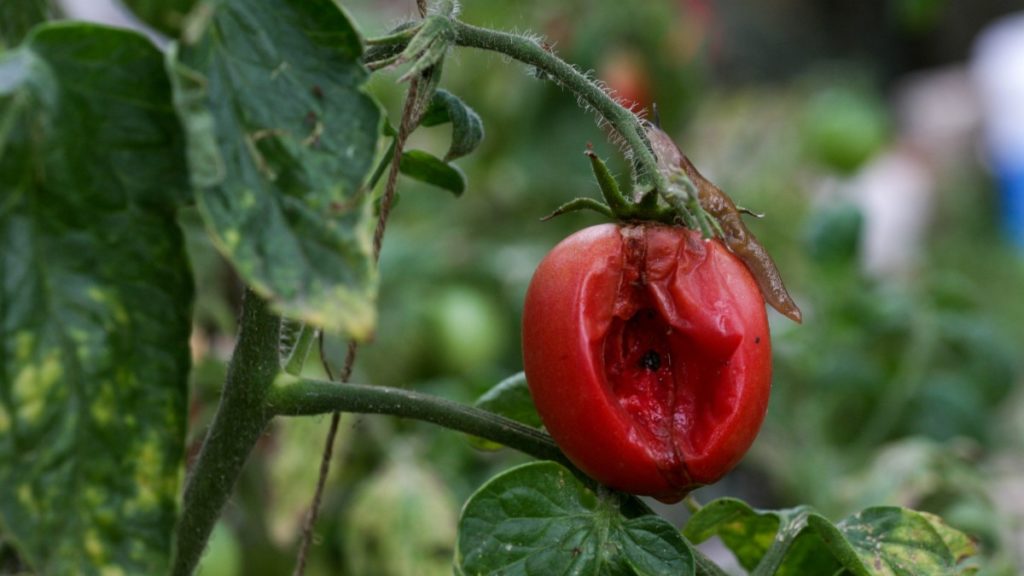
Before planting a single tomato seed, it’s wise to know what you might be up against. Garden pests and diseases happen every season.
Growing a garden is all about finding balance.
If you’re growing tomatoes, you may find at one point in your garden:
- aphids
- blight
- cut worms
- blossom end rot
- flea beetles
- nematodes
- blister beetles
- tomato hornworms
- powdery mildew
- slugs and snails
- spider mites
- fruit worms
- whiteflies and more
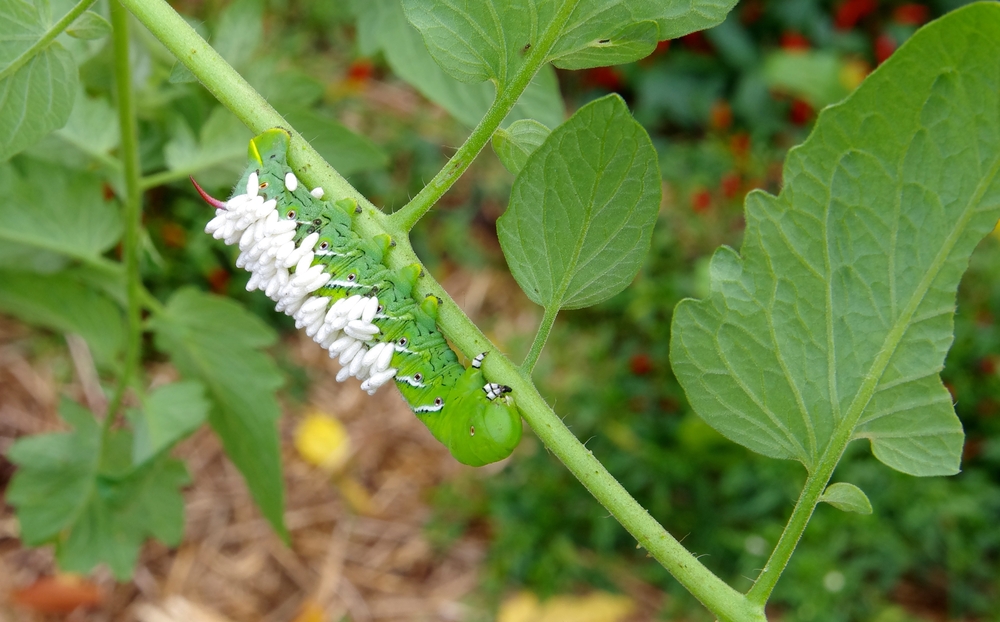
They aren’t necessarily out to destroy your tomato plants, though some of them can do a lot of damage in a short amount of time if you aren’t paying attention.
This brings us to awareness. As your garden grows, be sure to look here and there, around the bend of a leaf every now and then to see what has changed. As with most things in life, change is inevitable.
So long as you don’t panic, you’ll have the tools to deal with whatever bugs or diseases come your way in search of delicious tomatoes.
Once you learn how to recognize them, you’ll be able to take care of them before the damage is too great. Don’t forget that tomatoes have very thin skins, never spray them with anything you wouldn’t be willing to eat otherwise. Organically produced tomatoes taste amazing, just saying.
9. Plan how you will preserve your bountiful tomato harvest
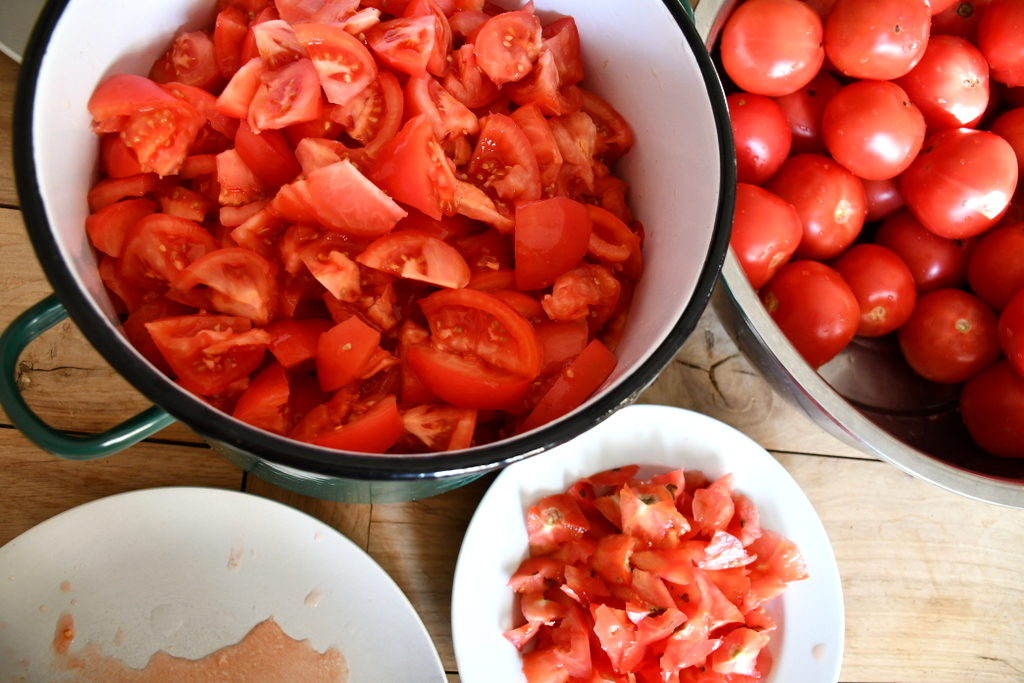
Last, but not least, you need to consider what you’re going to do with that amazing harvest?
Do you have all the knowledge and supplies for canning and filling your pantry?
Or are you more a “freeze it and forget about it” kind of busy gardener?
If you have a dehydrator, will it be tomato powder?
Even if you plan on eating all your tomatoes fresh, there will still be some leftover for preserving.
It’s just your luck that we’ve already covered that topic too! Here are 26 ways to preserve a bounty of tomatoes, including your favorite recipes of salsa, ketchup, tomato juice and spaghetti sauce.
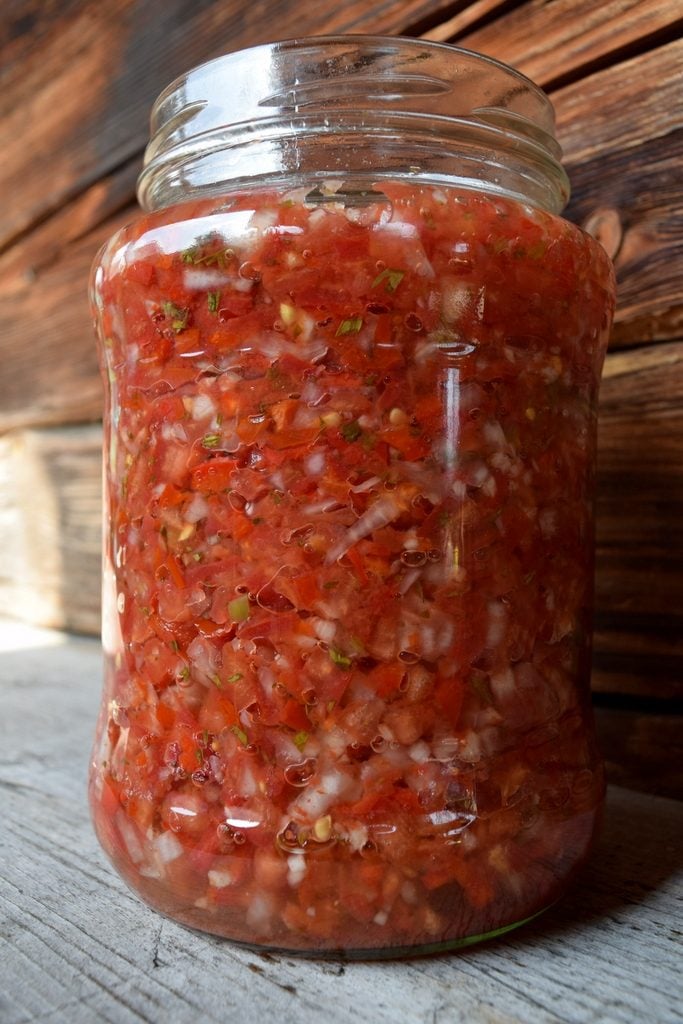
If your harvest isn’t quite that big, but more than what you can eat at once, fermenting tomatoes is another delicious way to go.
This last way uses up any tomatoes you have leftover in the garden. Whereas sauces use more specific tomato varieties with a lower water content, such as San Marzano. Get to know your beefsteaks from your Romas, and your cherry tomatoes from salad tomatoes.
All that’s left to do, is plant a seed. More than one should do the trick.

Get the famous Rural Sprout newsletter delivered to your inbox.
Join the 50,000+ gardeners who get timely gardening tutorials, tips and tasks delivered direct to their inbox.

